When profiling my GDI+ project I discovered that the following IsLineVisible function is one of the "hottest" while the drawing and moving objects on my custom panel.
Is there a possibility to optimize it?
Private Function IsLineVisible(ByVal detectorRectangle As Rectangle,
ByVal pen As Pen,
ByVal ParamArray points() As Point) As Boolean
Using path As New GraphicsPath()
path.AddLines(points)
Return IsPathVisible(detectorRectangle, path, pen)
End Using
End Function
' Helper functions '''''''''''''''''''''''''''''''''''''
Private Function IsPathVisible(ByVal detectorRectangle As Rectangle,
ByVal path As GraphicsPath,
ByVal pen As Pen) As Boolean
If Not path.IsPoint Then
path.Widen(pen)
End If
Return IsPathVisible(detectorRectangle, path)
End Function
Private Function IsPathVisible(ByVal detectorRectangle As Rectangle,
ByVal path As GraphicsPath) As Boolean
Using r As New Region(path)
If r.IsVisible(detectorRectangle) Then
Return True
Else
Return False
End If
End Using
End Function
